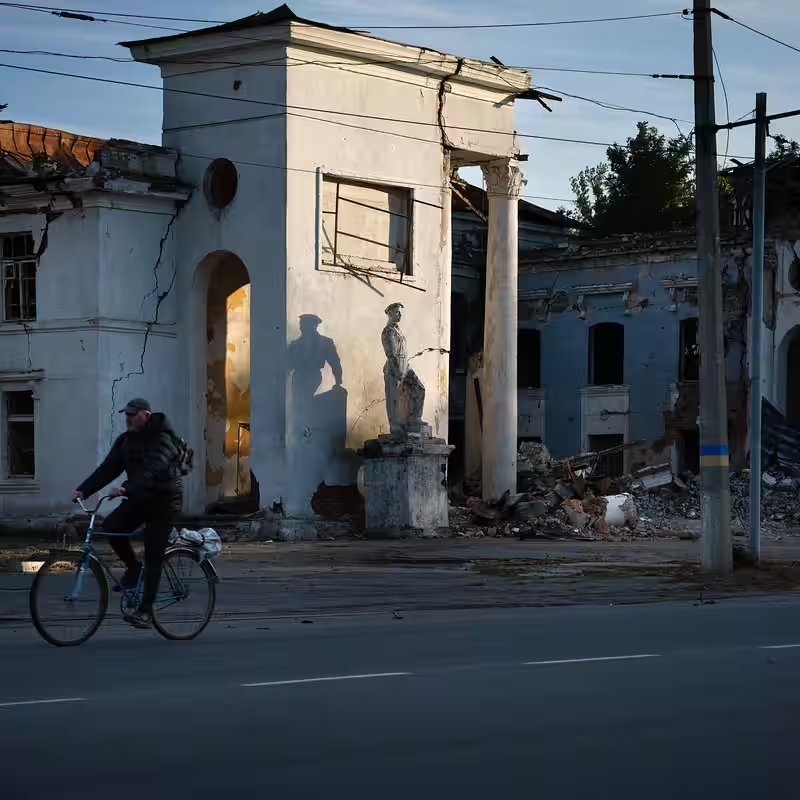Frozen Russian assets could soon become a lifeline for Ukraine as European Union leaders prepare to greenlight a groundbreaking financial plan. With U.S. support wavering and Kyiv’s battlefield and reconstruction needs growing by the day, the EU is racing to convert immobilized Kremlin funds into a massive loan package for Ukraine.
What Are the Frozen Russian Assets?
Since Russia’s full-scale invasion of Ukraine in February 2022, Western nations have frozen approximately €200 billion in Russian state assets. A significant portion—roughly €170 billion—is held in Euroclear, a major financial clearinghouse based in Belgium. These assets, mostly in the form of government bonds and central bank reserves, have been legally immobilized but not confiscated—until now.
The EU’s Bold New Proposal
On Thursday, October 23, 2025, EU heads of state are meeting in Brussels to consider a politically sensitive but potentially transformative plan: using these frozen Russian assets to back a €140 billion ($163 billion) loan to Ukraine. This wouldn’t involve directly seizing the principal amount—at least not yet—but would leverage the assets as collateral to raise funds on international markets.
Crucially, the European Commission has already been funneling interest earned on these frozen deposits to Kyiv—about $8 billion in 2024 alone. But the new proposal marks a dramatic escalation, turning passive holdings into active financial support.
Why Now?
The timing is no coincidence. With political gridlock in Washington casting doubt over future U.S. military and economic aid, Europe is stepping up to fill the gap. Ukrainian officials have repeatedly warned that without sustained funding, their ability to defend territory and rebuild infrastructure will collapse.
Risks and Repercussions
The plan isn’t without serious risks:
- Russian retaliation: Moscow has threatened legal and economic countermeasures, including targeting European assets abroad.
- Market confidence: Critics warn that using frozen sovereign assets as loan collateral could undermine Europe’s reputation as a neutral, rules-based financial hub.
- Legal gray zones: International law doesn’t clearly permit the repurposing of frozen state assets without a UN mandate or formal reparations ruling.
How the Loan Would Work
| Component | Detail |
|---|---|
| Collateral | €170B in Russian assets held at Euroclear |
| Loan Amount | €140B ($163B) |
| Beneficiary | Ukraine (for defense, energy, and reconstruction) |
| Repayment Source | Future Russian reparations or asset confiscation |
| Status | Awaiting political agreement (Oct 23, 2025) |
What Happens Next?
If EU leaders endorse the plan on Thursday, the European Commission will draft a formal legislative proposal. Final approval would require consensus among all 27 member states and could take several months. Still, even a political agreement would send a powerful signal of European unity and resolve.
As one senior EU diplomat put it: “This isn’t just about money—it’s about justice. Russia started this war. It should pay for it.”




